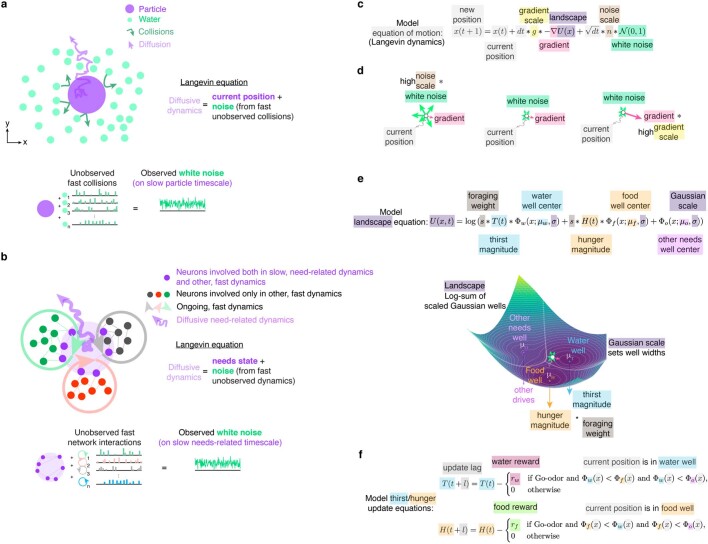Extended Data Fig. 6. Conceptual similarities between molecular Langevin dynamics and intermixed neural networks.
a, The Langevin equation describes the dynamics of a diffusing particle in water by transforming the unobserved, deterministic, Newtonian dynamics of water molecule collisions (green arrows) with the particle (purple) into a noise contribution to the particle’s position (bottom). This results in a stochastic description of the Brownian motion of the particle (purple arrow). A key feature of this formalism in the study of complex phenomena is the separation of unobserved fast-timescale dynamics (for example, the motion of water molecules) from the observed slow-timescale dynamics of the much larger particle. b, Conceptual application of the Langevin formalism to intermixed neural networks with fast and slow dynamics. Neurons involved in a distributed network with slow-timescale (for example, need-related) dynamics (purple dots) are embedded via mixed functional selectivity into additional networks of neurons (black, red, green dots) with ongoing, unobserved fast-timescale dynamics (gray, pink, light green cycles). By analogy to the Langevin picture of molecular dynamics, the activities of networks with disparate fast time-scale dynamics collide within individual mixed-selective need-related neurons to produce a stochastic noise influence on the slow-timescale dynamics of the need-related network of neurons (bottom), yielding observable diffusive goal dynamics. c, Equation of motion for the forward stimulation of the resolution of needs, following Langevin dynamics. , position of neural activity across the needs subspace at time . , the energy landscape function. The new position is the current position plus a small differential contribution by the landscape gradient (scaled by the gradient scale ) and Gaussian white noise (scaled by the noise scale ). , the discretized time step. d, Graphical depiction of how the and terms contribute to the dynamics. Left, high noise scale relative to gradient scale results in noise-dominated dynamics. Middle, balanced scales and dynamics. Right, low noise scale relative to gradient scale results in dynamics dominated by the landscape shape. e, Equation for the shape of the time-varying needs landscape . The landscape consists of a log-sum of scaled Gaussian wells. Gaussian wells, , are defined as the negative of the multivariate probability density function. For simplicity, well centers ,, and corresponding to the wells for water, food, and other needs are set on an equilateral triangle, and the Gaussian scale parameter controlling the Gaussian widths are set to a common parameter . The water and food well depths are scaled by the time-varying thirst magnitude and hunger magnitude , respectively, as well as by a “foraging” scale factor that linearly relates the experimental normalized need measurements to the model need magnitude values. f, changes across time through changes in thirst and hunger magnitudes. Thirst and hunger magnitudes are decremented after a fixed delay by factors and upon respective water or food reward collection; reward choices are determined upon Go-cue at time by the location within a fixed segmentation of the need space into food, water, or other zones. See Methods for full implementation details.

